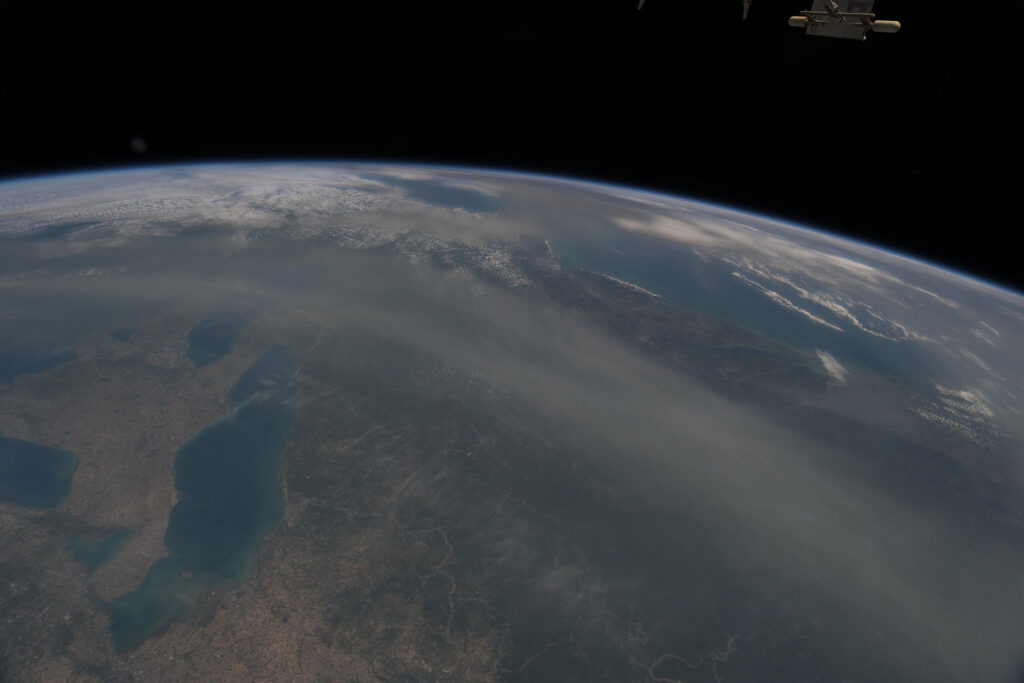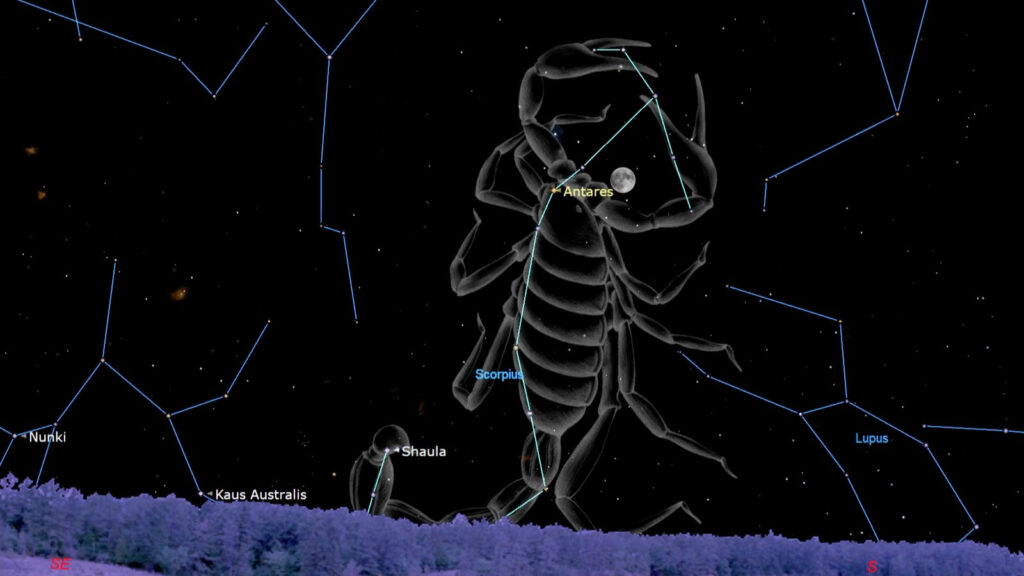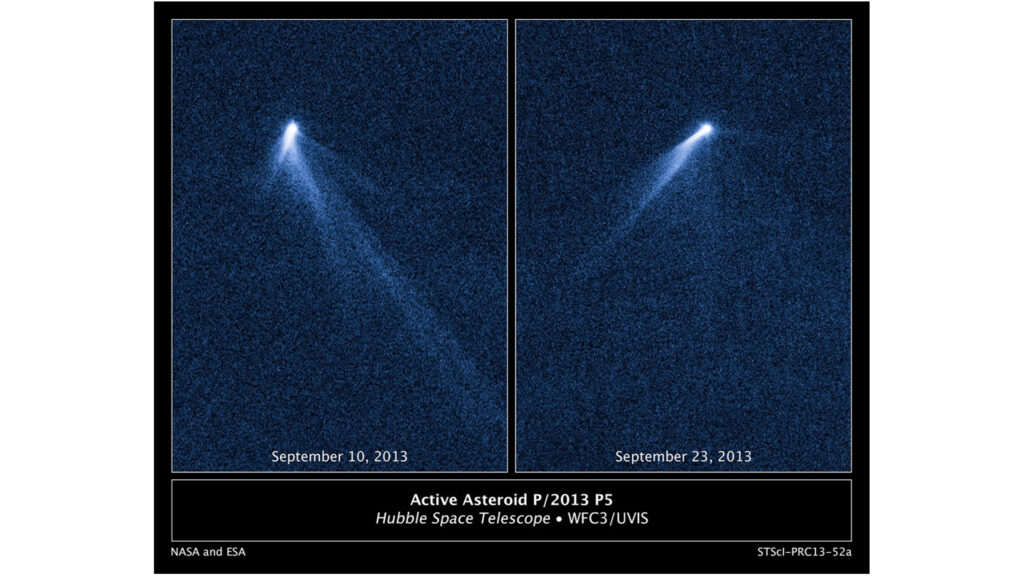On March 7, 1962, NASA launched the first Orbiting Solar Observatory.
Eight of these satellites were launched between 1962 and 1975 to study the 11-year solar cycle. Each of the satellites had two main parts called the “wheel” and the “sail.” The sail contained solar panels and instruments that took measurements of the sun. The sail was mounted onto the wheel, which could rotate to make sure that the instruments were pointing in the right direction.
The satellites measured things like UV light, X-rays, and gamma radiation. The data was recorded on tape and transmitted to Earth via FM telemetry.
Catch up on our entire “On This Day In Space” series on YouTube with this playlist.

History of NASA: $22.99 at Magazines Direct
Discover the story of how and why NASA was created, its greatest triumphs, darkest days, and of the times it exceeded all possible hopes. A tale of adventure, heroism and resourcefulness, learn of the space agency’s greatest achievements and how — over six decades — the organization has consistently and tirelessly devoted itself to its founding principle: that “activities in space should be devoted to peaceful purposes for the benefit of all humankind”. View Deal
On This Day in Space Archive!
[embedded content]
Still not enough space? Don’t forget to check out our Space Image of the Day, and on the weekends our Best Space Photos and Top Space News Stories of the week.
Email Hanneke Weitering at hweitering@space.com or follow her @hannekescience. Follow us @Spacedotcom and on Facebook.


